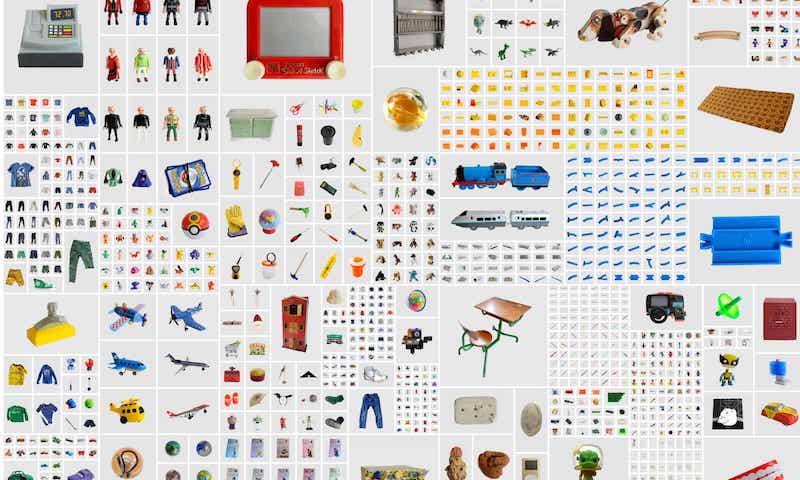
Are we defined by what we own?
In today’s consumer driven society, our possessions often play a significant role in defining our identity and how we are perceived by others. The clothes we wear, the car we drive, the gadgets we own and even the books on our shelves, all say something about who we are as individuals. But is this ‘real’ or just a crafted and purchased façade that we pull over our authentic selves? A recent article in The Guardian entitled 12,795 possessions! Meet the woman who photographed every single thing she owns, got me wondering: Are we defined by what we own?
The Allure of Material Possessions
From flashy cars to designer clothes, material possessions have a powerful allure, conveying success, status, and personal style. So, in a society that places importance on external appearances, it’s easy to fall into the trap of believing that our possessions define us.
Advertisers and marketers capitalize on this belief, and exploit our desire for validation and social acceptance, creating an atmosphere where the acquisition of material possessions becomes synonymous with personal worth and happiness. But is what we own a true reflection of who we are?
The Façade of Materialism
While material possessions can create a facade of success and happiness, they often fail to address the deeper aspects of our identities. They can be a mask we wear to fit societal standards or to project a certain image. Behind that facade, our true selves can remain hidden. This is where Barbara Iweins, Belgian photographer, comes in.
What if we showed everyone every single thing we own? Not just the good stuff, but the secret, intimate and personal stuff we hide away in cupboards, drawers, and basements? This is what Barbara has done.
12,795 possessions! Meet the woman who photographed every single thing she owns.
I read about Barbara Iweins in a Guardian article written by Guy Lane about her current exhibition at the Cortona on the Move festival in Tuscany.
Barbara’s project
Six years ago, following a divorce and facing the 11th house move for herself and her three children, Barbara was understandably overwhelmed at the prospect of packing all of their stuff once again. From this situation came the idea of creating a photographic inventory of all their possessions. Barbara says in the article, that the motivation for her work was to get a grip on exactly what she owned, and to explore the wider concepts of consumption and instant gratification.
It took Barbara four years of meticulous recording, room by room, cupboard by cupboard, drawer by drawer. She photographed 12,795 objects.
Guy Lane describes the result as “an extraordinary inventory of the commonplace, the personal, the irreplaceable and the intimate. No object was too mundane for inclusion – safety pins, clingfilm, screws, hooks, toilet rolls, hangers, keys, socks, pants and plates all made the cut.”
Barbara was determined to be authentic and honest, resisting the urge to discard, unphotographed, items such as a vibrator and a cast of her teeth that she would rather have kept private. She is quoted in the article saying: –
“I’m not going to show this ideal recto of an ideal life, I’m going to show the verso, the holes in underwear and stuff like that”.
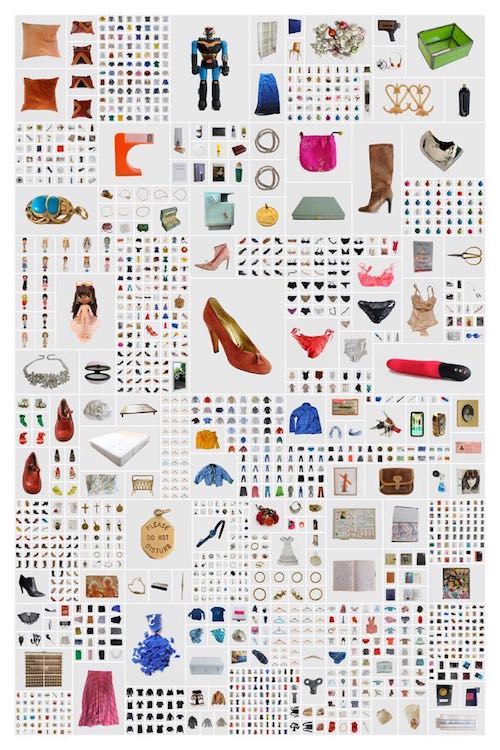
Barbara’s motivations
One of her key motivations for the project was as a counter to social media influencers and users in general, posting pictures of their apparently ‘ideal life’ as a product of excessive consumption and instant gratification. Barbara wanted to show how much we buy that we don’t need. All that stuff hidden away in our cupboards.
Describing the exhibition, Guy Lane, says that “the cumulative effect of viewing Iweins’ anodyne product shots can be overwhelming and suggestive of an unchecked consumerism.”
Barbara has thrown away much of the stuff after photographing it, now happy to make do with the photographic record of her past possessions. She also recognised an addiction to clothes shopping that she has since curtailed, stating that “recently, is the first time I have bought clothes in four years.”
So, what did Barbara learn after 4 years of photographing everything she owned?
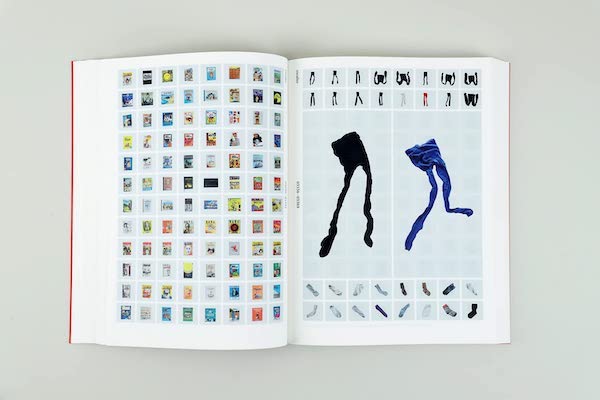
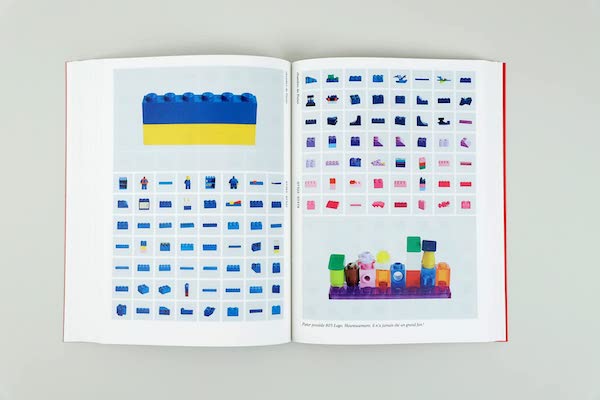
- That, like for many of us, accumulating objects had been her therapy and was not a healthy one.
- Only 1% of the objects she photographed were important. 99% of them she could live without.
- The only objects that really matter to her are the ones with personal significance that are irreplaceable.
- That initially the project had been about overconsumption, but ultimately, she realised it had been a project about personal discovery.
A she say in her own words: “I thought it was about overconsumption. And actually, I realised it was more a project about myself.”
The results of Barbara’s work are currently on show at the Cortona on the Move photography festival in Tuscany and in her book Katalog.
So how does Barbara’s work address the question: Are we defined by what we own?
I think that a full disclosure of one’s possessions, in the completely open way that Barbara has achieved it, has to be extremely revealing.But does it define her? Barbara’s work has a powerful authenticity because what she has done is a bit like stripping naked in public. Nothing is left to the imagination. Would any of us want to define ourselves in such a revealing way? Probably not. Her work tells you an awful lot about her and her family, their tastes, interests and lifestyle for instance, but not everything. We don’t know Barbara’s values, her beliefs, her hopes and her dreams.
What I think Barbara’s work does show is that the image we project to others is a carefully curated one. We project who we want to be seen to be rather than who we actually are. Real authenticity, on the other hand, goes beyond material possessions. It is about embracing our true selves, independent of external validation. Authenticity allows us to connect with others on a deeper level and cultivate genuine relationships based on shared values and experiences.
When we prioritize authenticity over the accumulation of possessions, we free ourselves from the burden of constantly chasing the next trend or trying to keep up with societal expectations. Instead, we focus on personal growth, self-acceptance, and nurturing meaningful connections.
Getting a Balanced Perspective
While material possessions alone do not define us, it would be naive to dismiss their role entirely. Our belongings can reflect our personal tastes, interests, and aspirations. They can serve as a form of self-expression and contribute to our overall well-being. When we mindfully select and cherish our possessions based on our genuine preferences, they become extensions of our identities rather than substitutes for them. Think about Barbara’s 1% of the items that were truly important and irreplaceable.
In Conclusion
The totality of what we own probably would, if fully revealed, say a great deal about us. But the bit that we do have on show is a curated façade of what we want to be seen to be. Ultimately however, we’re not defined simply by what we own. Our identities are shaped by a multitude of factors beyond material possessions. Our values, beliefs, experiences, and relationships form the true essence of who we are. While possessions may play a role in expressing aspects of our identities, they should never be the sole basis for defining ourselves.
Thank you for staying with me to the end. I found Barbara’s work to be really thought provoking and I’m hoping it resonated with you too.
As always, I’d love to read your comments below. If you would like to read more like this please subscribe to my newsletter in the box below.
Sian. x
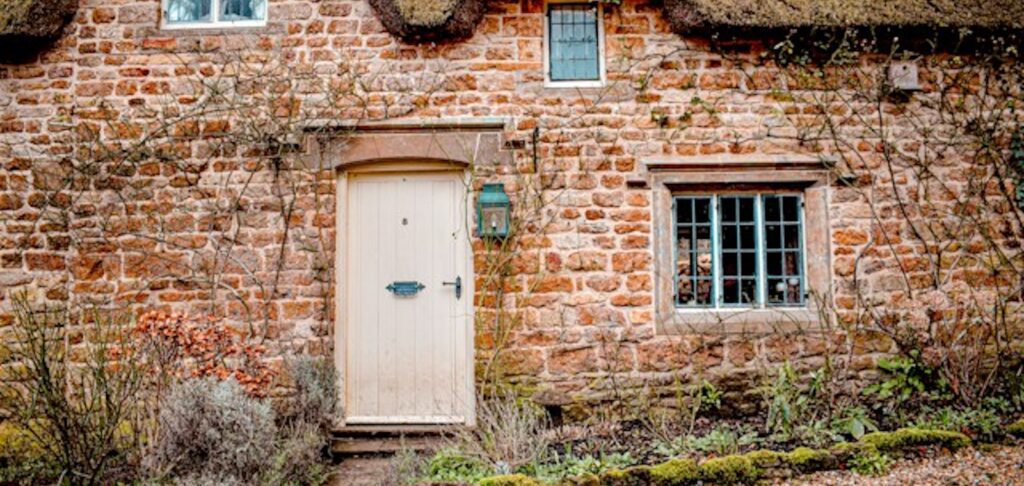
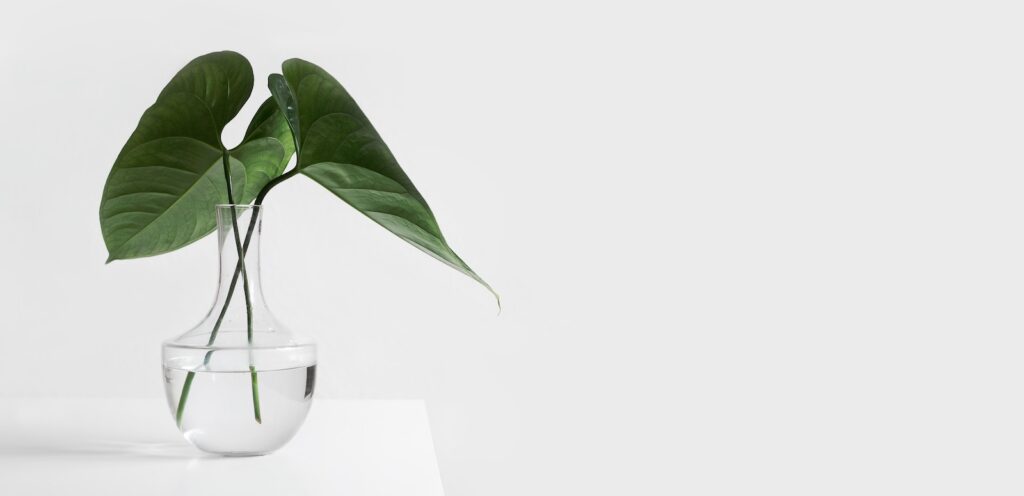
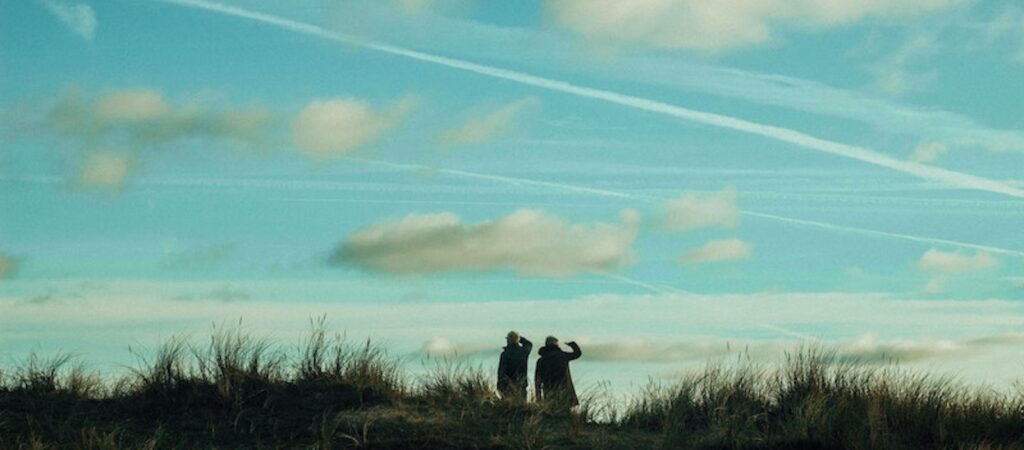
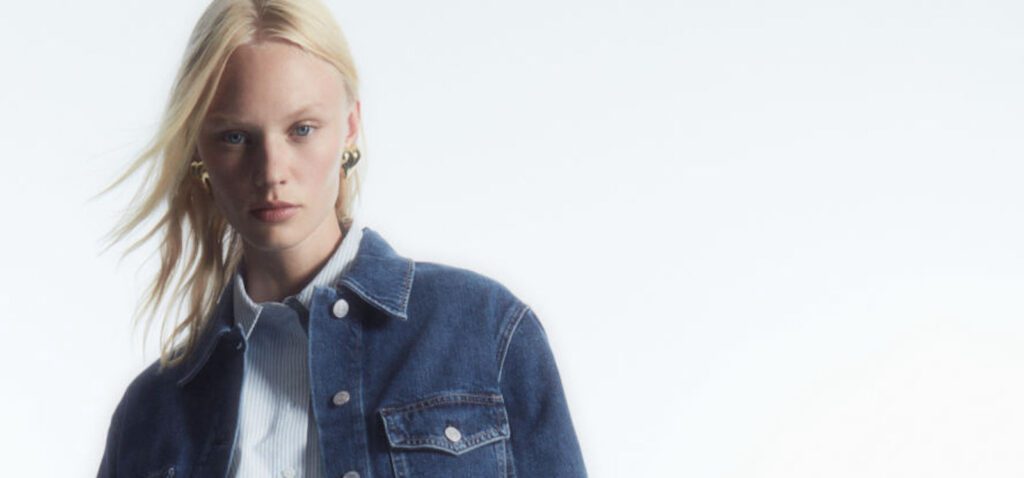
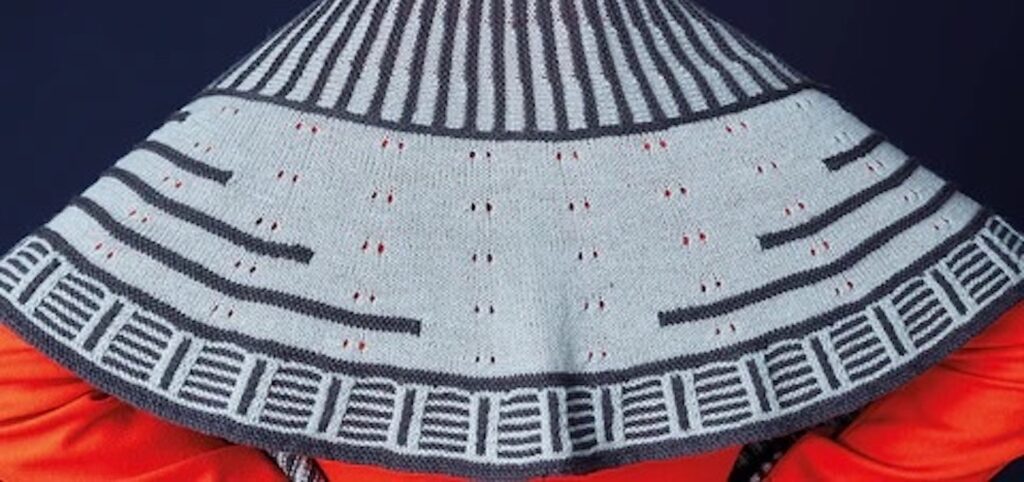
Leave a Reply